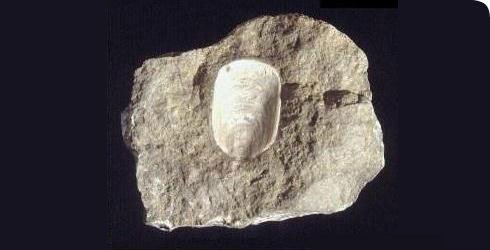Biology
Size
The shell of Lingula anatina can grow up to 5-6cm in length, whilst the pedicle is much longer and can attain lengths of 10-15cm.
Shell
The organophosphatic shell of Lingula is the primitive condition for the Brachiopoda and as such represents one of the first innovations in biomineralization by any animal. The shell itself has a high organic component along with the inorganic phosphatic component.
Life expectancy
The potential lifespan of Lingula is not well known, however it could be surprisingly long; captive brachiopods are known to live to be up to 20 years old.
Reproduction
Lingula anatina reproduces by dispersal spawning. Gametes are released into the water column by the different sexes. It is unknown what, if any, factors regulate this. However it is thought that it might be tidally or seasonally regulated.
The larvae have a long pelagic phase; up to and over 6 weeks. Though this phase may not last this long, settlement and pseudometamorphosis takes place and the larvae matures into the full adult form. Not much is known about the factors influencing this phase of the Lingula lifecycle.
